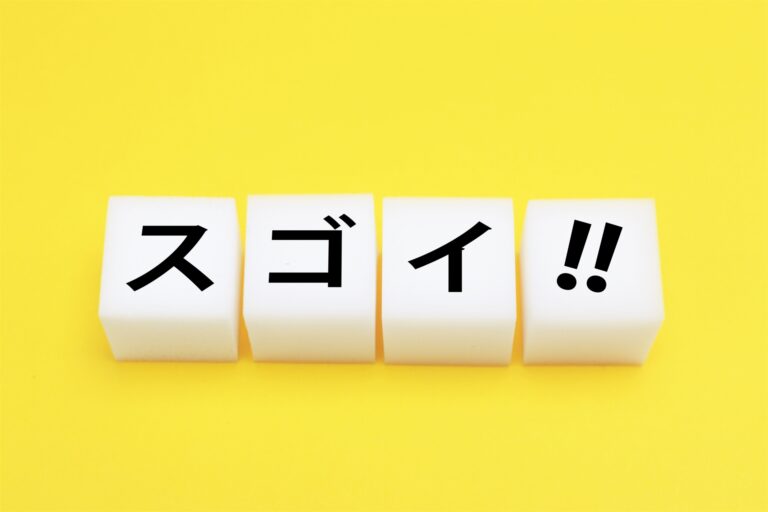Do you know Keiro no Hi(敬老の日 Respect for the Aged Day)?
Respect for the Aged Day in 2022 is September 19.
This Respect for the Aged Day is a holiday with no fixed date due to the Happy Monday system. Therefore, it is a little difficult to determine what the day is about from the date.
However, you may be wondering what the meaning of this day is, whether there used to be such a thing as “Respect for the Aged Day ,” how old people have to be to celebrate this day, and so on.
So on this page, we will do a little research on “Respect for the Aged Day .

Click here to learn Japanese language with the best one-on-one Japanese tutoring lessons in person or online.
Contents
What is the meaning and origin of Keiro no Hi (敬老の日Respect for the Aged Day)?
Respect for the Aged Day is a national holiday and falls on the third Monday of September.
List of dates for future Respect for the Aged Day
| Year | Day |
|---|---|
| 2022 | Monday, September 19 |
| 2023 | Monday, September 18 |
| 2024 | Monday, September 16 |
| 2025 | Monday, September 15 |
| 2026 | Monday, September 21 |
| 2027 | Monday, September 20 |
| 2028 | Monday, September 18 |
| 2029 | Monday, September 17 |
| 2030 | Monday, September 16 |
Let’s check how this Respect for the Aged Day became a national holiday.
- 1966 (Showa 41): September 15 was established as a national holiday “Respect for the Aged Day” and the Old-Age Welfare Law was changed to “Respect for the Aged Day
- 2003 (Heisei 15): “Respect for the Aged Day” was established on the third Monday of September (Happy Monday System).
- In 2001, the Senior Citizens Welfare Law was revised, and September 15 was designated as “Senior Citizens Day” and the week following September 15 as “Senior Citizens Week.
The purpose of the national holidays is to “honor the elderly who have given long years of service to society and celebrate their longevity.

There are two popular theories as to why Respect for the Aged Day was originally set on September 15.
- The day Prince Shotoku built Shudai-in at Shitennoji Temple.
Shudai-in was an institution for the poor and orphans and is said to have been modeled after the Sui Dynasty in China. - The day Emperor Kinmei visited Yoro Falls.
Yoro Falls is a waterfall with a 32-meter drop and 4-meter width located in Yoro Park in present-day Yoro Town, Yoro County, Gifu Prefecture.
List of Longevity Celebrations
| Age | Name of Longevity Celebrations |
| 61 | Kanreki 還暦(かんれき) |
| 66 | Rokuju 緑寿(ろくじゅ) |
| 70 | Koki 古稀(こき) |
| 77 | Kiju 喜寿(きじゅ) |
| 80 | Sanju 傘寿(さんじゅ) |
| 81 | Hanju 半寿(はんじゅ) |
| 88 | Beiju 米寿(べいじゅ) |
| 90 | Sotsuju 卆寿(そつじゅ) |
| 99 | Hakuju 白寿(はくじゅ) |
| 100 | Momoju 百寿(ももじゅ) |
| 108 | Chaju 茶寿(ちゃじゅ) |
| 111 | Kouju 皇寿(こうじゅ) |
| 119 | Ganju 頑寿(がんじゅ) |
Today, Japan is one of the countries with the longest life expectancy in the world, as people say, “Life is 80 years.
The scope of the term “elderly” is also changing.
In honor of Respect for the Aged Day, here is a list of longevity celebrations by age.
*Age has been thought of in terms of counting years, but in recent years it is more common to celebrate in terms of full age.

Summary
The third Monday of September is Keiro no Hi (敬老の日Respect for the Aged Day), a national holiday. It is a day to honor the elderly, celebrates their longevity, prays for their good health and longevity, and deepen their understanding of issues related to the welfare of the elderly. On this day, local governments and senior citizens’ associations hold performances and other events, and commemorative gifts are given. Volunteers also visit nursing homes to comfort the elderly. It is expected to become an important day in the future for Japan, the country with the longest life expectancy in the world.
- Respect for the Aged Day began as “Day of the Elderly.
- Two popular theories for the date of September 15 are the date of Prince Shotoku’s founding of Kida-in Temple and the date of Emperor Kinmei’s visit to Yoro Falls.
- There are many age-based longevity celebrations. (See the list).
Related article:










